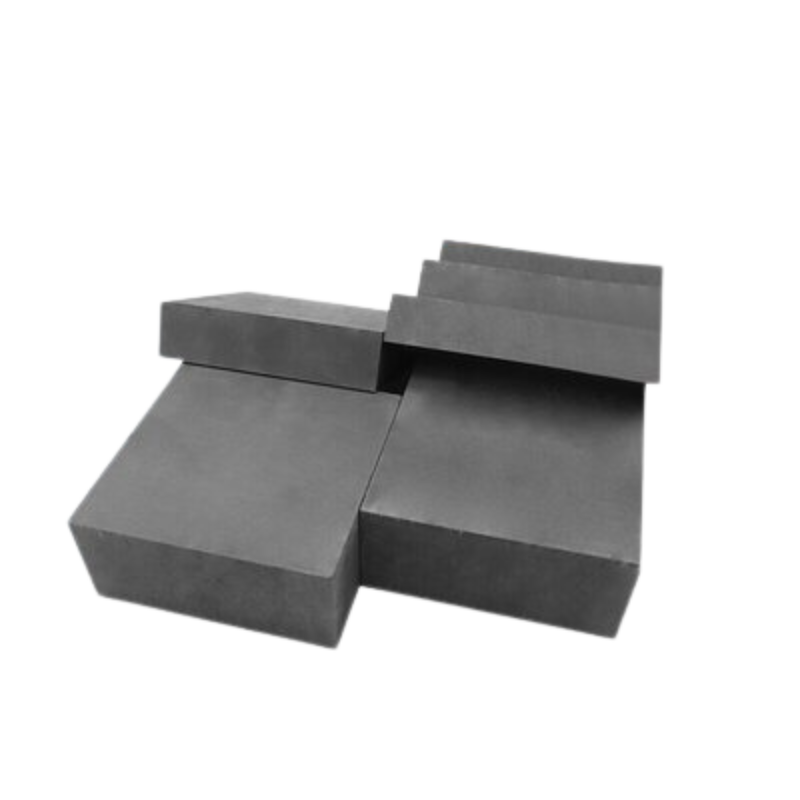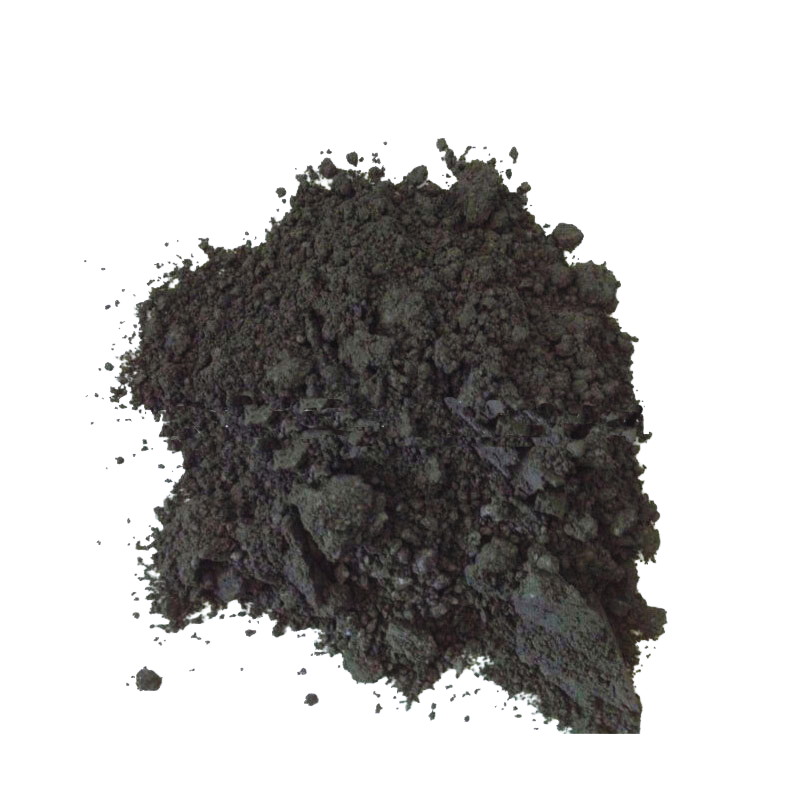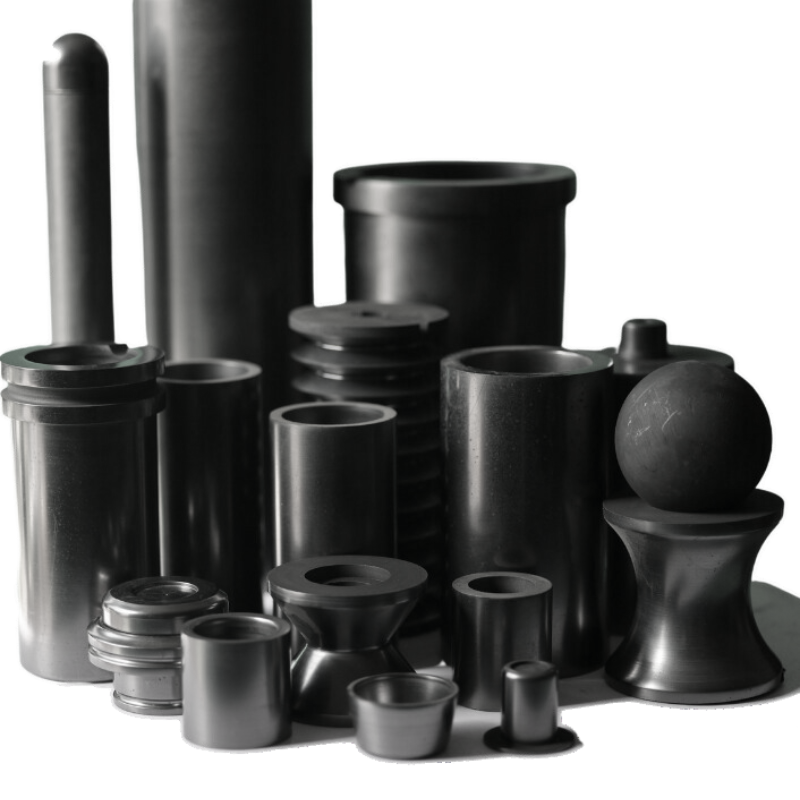Graphite molds have emerged as indispensable tools in the aerospace industry, particularly in the manufacturing of propulsion components. These molds, crafted with precision and finesse, play a pivotal role in shaping intricate aerospace parts with unparalleled accuracy and efficiency. As technology progresses, the demand for lightweight, high-performance propulsion systems increases, driving the need for innovative manufacturing solutions. In this article, we delve into the realm of graphite molds and explore their significance in fabricating aerospace propulsion components.
Graphite molds serve as the cornerstone of modern aerospace manufacturing processes, offering exceptional versatility and reliability. Their ability to withstand extreme temperatures, coupled with excellent thermal conductivity and dimensional stability, makes them the preferred choice for producing critical components such as turbine blades, nozzles, and combustion chambers. The unique properties of graphite enable the creation of complex geometries with tight tolerances, ensuring optimal performance and reliability of aerospace propulsion systems.
One of the primary advantages of utilizing graphite molds lies in their adaptability to various manufacturing techniques, including compression molding, vacuum molding, and injection molding. These methods allow for the production of components with superior mechanical properties and surface finishes, meeting the stringent requirements of aerospace applications. Moreover, graphite molds facilitate rapid prototyping and iterative design iterations, enabling manufacturers to accelerate product development cycles and reduce time-to-market.
In the realm of aerospace propulsion, where every gram counts, lightweight materials reign supreme. Graphite molds offer a compelling solution by enabling the fabrication of components with exceptional strength-to-weight ratios. By leveraging advanced manufacturing processes such as additive manufacturing and carbon fiber reinforcement, engineers can further enhance the performance and durability of graphite molds, paving the way for next-generation propulsion systems that push the boundaries of aerospace technology.
The aerospace industry demands uncompromising quality and reliability, and graphite molds deliver on both fronts. Their inherent stability and consistency ensure the repeatability of manufacturing processes, resulting in components that meet stringent performance specifications. Furthermore, graphite’s non-reactive nature makes it compatible with a wide range of aerospace materials, including high-temperature alloys and composite matrices, thereby expanding the scope of possibilities for innovative propulsion solutions.
In addition to their technical prowess, graphite molds offer cost-effective manufacturing solutions for aerospace propulsion components. Their longevity and durability translate into lower tooling costs over the product lifecycle, making them an economically viable choice for both small-scale production runs and high-volume manufacturing. Furthermore, the scalability of graphite mold production allows for seamless integration into existing manufacturing infrastructures, minimizing downtime and optimizing production efficiency.
The aerospace industry is no stranger to stringent regulatory requirements and certification standards. Graphite molds play a vital role in ensuring compliance with aerospace regulations by facilitating the production of components that adhere to strict performance and safety criteria. With meticulous attention to detail and adherence to industry best practices, manufacturers can leverage graphite molds to streamline the certification process and expedite the deployment of aerospace propulsion systems.
Looking ahead, the future of graphite molds in aerospace propulsion holds immense promise. As advancements in material science and manufacturing technology continue to unfold, we can expect to see further innovations in graphite mold design and fabrication techniques. From enhanced thermal management capabilities to integrated sensor networks for real-time monitoring, graphite molds will evolve to meet the evolving demands of the aerospace industry, driving the development of more efficient, reliable, and sustainable propulsion solutions.
In conclusion, graphite molds represent a cornerstone of aerospace manufacturing, enabling the production of high-performance propulsion components with unmatched precision and efficiency. Their unique combination of properties, including thermal conductivity, dimensional stability, and lightweight construction, make them indispensable tools in the quest for advanced aerospace propulsion systems. By harnessing the power of graphite molds, manufacturers can unlock new possibilities in design, performance, and cost-effectiveness, propelling the aerospace industry to new heights of innovation and excellence.





